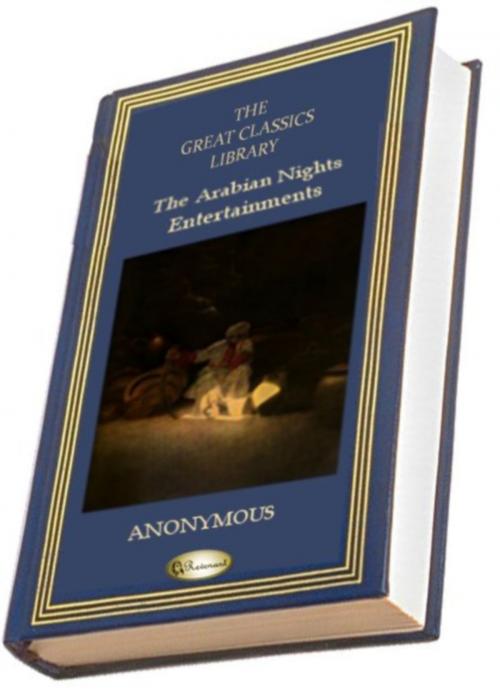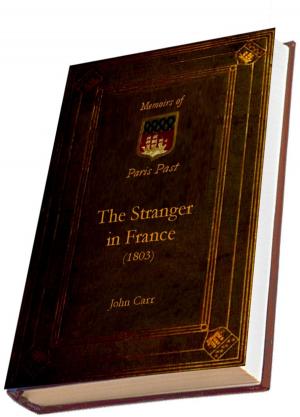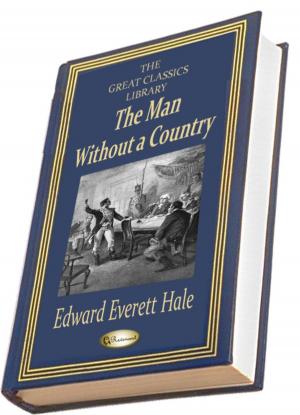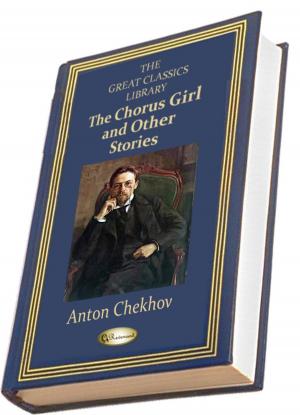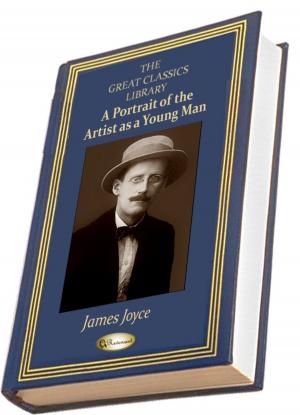The Arabian Nights' Entertainment or One Thousand and One Nights (THE GREAT CLASSICS LIBRARY)
Fiction & Literature, Classics| Author: | Anonymous | ISBN: | 1230000016485 |
| Publisher: | Revenant | Publication: | September 8, 2012 |
| Imprint: | Language: | English |
| Author: | Anonymous |
| ISBN: | 1230000016485 |
| Publisher: | Revenant |
| Publication: | September 8, 2012 |
| Imprint: | |
| Language: | English |
Sinbad the Sailor, Aladdin and his lamp, Ali Baba - these are only some of the more famous and enduring tales from this rich collection of Middle Eastern and South Asian stories and folk tales compiled in Arabic during the Islamic Golden Age. It is often known in English as the Arabian Nights, from the first English language edition (1706), which rendered the title as The Arabian Nights' Entertainment.
The work as we have it was collected over many centuries by various authors, translators and scholars across the Middle East, Central Asia and North Africa. The tales themselves trace their roots back to ancient and medieval Arabic, Persian, Indian, Turkish, Egyptian and Mesopotamian folklore and literature. In particular, many tales were originally folk stories from the Caliphate era, while others, especially the frame story, are most probably drawn from the Pahlavi Persian work Hezār Afsān (Persian: A Thousand Tales) which in turn relied partly on Indian elements. Though the oldest Arabic manuscript dates from the 14th century, scholarship generally dates the collection's genesis to around the 9th century.
Sinbad the Sailor, Aladdin and his lamp, Ali Baba - these are only some of the more famous and enduring tales from this rich collection of Middle Eastern and South Asian stories and folk tales compiled in Arabic during the Islamic Golden Age. It is often known in English as the Arabian Nights, from the first English language edition (1706), which rendered the title as The Arabian Nights' Entertainment.
The work as we have it was collected over many centuries by various authors, translators and scholars across the Middle East, Central Asia and North Africa. The tales themselves trace their roots back to ancient and medieval Arabic, Persian, Indian, Turkish, Egyptian and Mesopotamian folklore and literature. In particular, many tales were originally folk stories from the Caliphate era, while others, especially the frame story, are most probably drawn from the Pahlavi Persian work Hezār Afsān (Persian: A Thousand Tales) which in turn relied partly on Indian elements. Though the oldest Arabic manuscript dates from the 14th century, scholarship generally dates the collection's genesis to around the 9th century.
